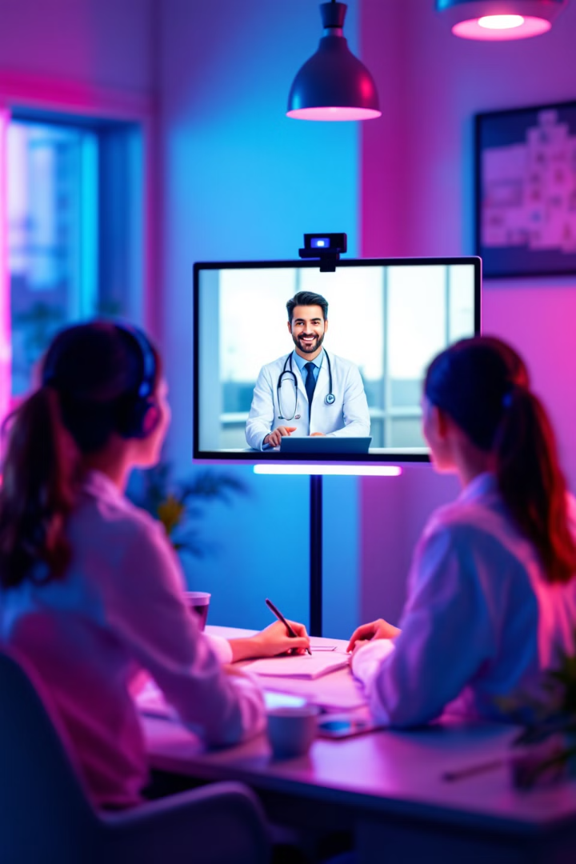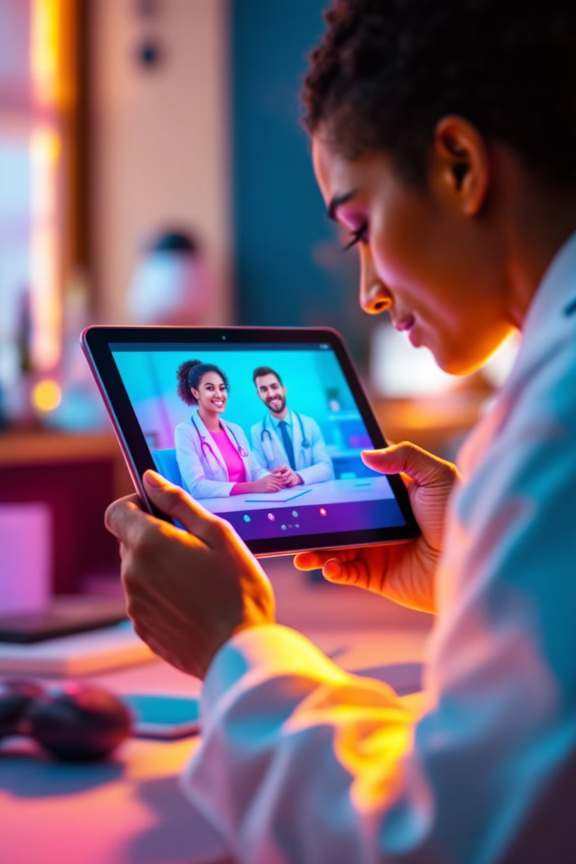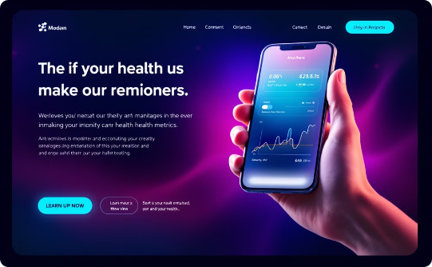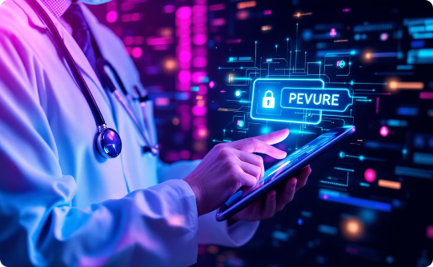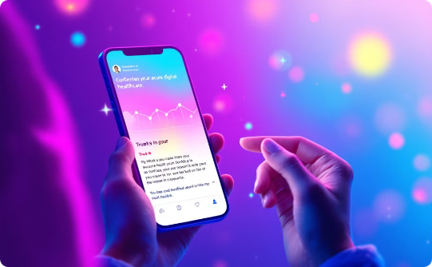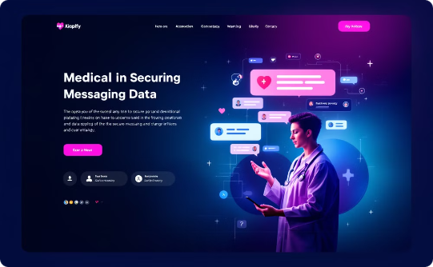
Tele-Medicine: The Future of Healthcare
Revolutionizing patient care by leveraging advanced technologies to bridge the gap between healthcare providers and individuals, offering convenient and accessible medical services from the comfort of one’s home.
What is Tele-Medicine?
Benefits of Tele-Medicine
Improved Access to Care
Reduced Costs
Enhanced Convenience
Increased Patient Satisfaction
Tele-Medicine Technologies
Tele-medicine leverages a variety of digital technologies to enable remote healthcare services. These include video consultations, remote patient monitoring, and secure messaging platforms.
Video Consultations

Remote Patient Monitoring
Secure Messaging
Integrating Tele-Medicine
Seamlessly incorporating tele-medicine into existing healthcare workflows is crucial for successful adoption. This requires careful planning and coordination across technology, processes, and patient engagement.

